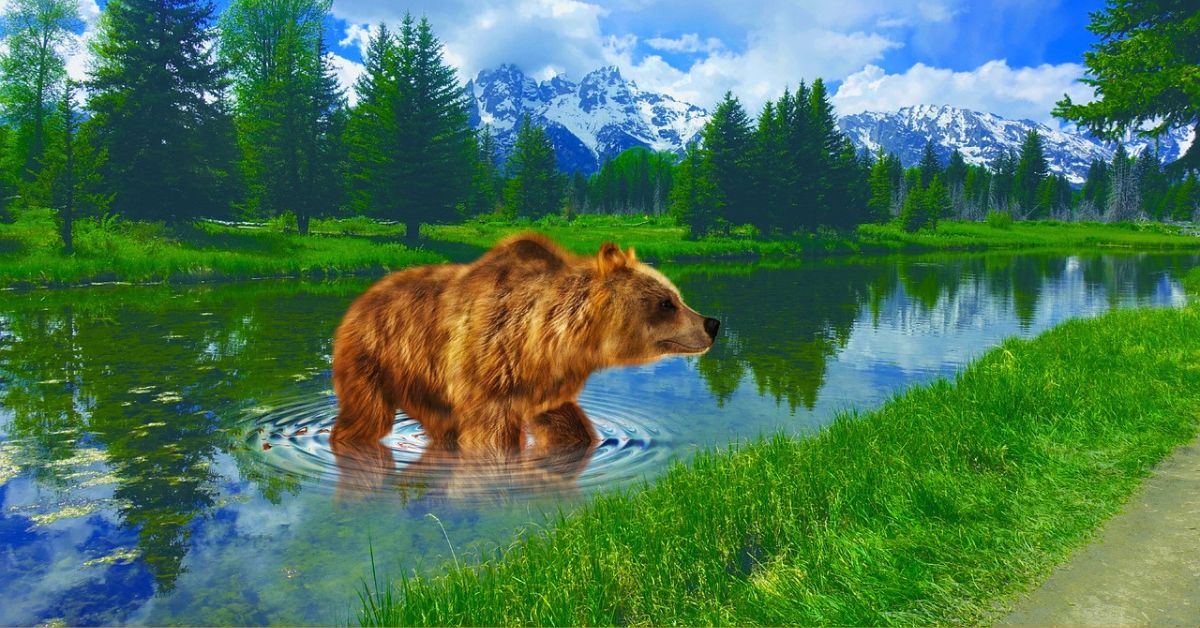Small Mammals in Wyoming: A Quirky Guide to the Little Locals: Wyoming, a state known for its sprawling landscapes and majestic wildlife, is also home to a host of small mammals that might not capture the headlines, like bison and elk but have their tales (and tails!) of survival and antics. In this playful exploration, we’ll delve into the world of small mammals in Wyoming, uncovering their quirks and essential roles in the ecosystem. Brace yourself for facts and fun as we embark on this furry adventure.
Who Are the Small Mammals of Wyoming?
When talking about small mammals in Wyoming, we’re not referring to any tiny creature that scurries underfoot. We’re spotlighting prairie dogs, voles, and the always-entertaining squirrels. These creatures might be small, but their presence is vital to Wyoming’s ecological tapestry.
Prairie dogs, for instance, are adorable and considered “ecosystem engineers.” Their extensive burrow systems provide habitats for many other species and increase soil fertility. Imagine being tiny but mighty enough to reshape the landscape! That’s a prairie dog for you, always busy and consistently underestimated.
Lifestyle and Habitat: Small but Mighty
Small mammals thrive in Wyoming’s variety of habitats. From the rolling prairies to rugged mountains, each species has carved out a niche where it can flourish. Take the American pika, a small relative of rabbits residing in the rocky alpines. Pikas are like the mountaineers of the mammal world, adept at navigating rocky terrains that would send most of us calling for a helicopter rescue.
These critters are also survival experts. For instance, during Wyoming’s harsh winters, voles don’t just hibernate or migrate south. Instead, they create elaborate tunnel systems under the snow, which they use to forage and avoid becoming a snack for predators. It’s like their own little underground buffet, minus the sneeze guards.
The Role of Small Mammals in the Ecosystem
Small mammals in Wyoming play crucial roles that go beyond being merely cute. They are pivotal in seed dispersal, helping to maintain plant diversity and forest health. Squirrels, notorious for their forgetful nature, bury nuts that they never retrieve, inadvertently contributing to forest growth. It’s nature’s investment strategy—sometimes forgetfulness pays off!
Moreover, these small mammals are essential in the food web. They serve as a food source for predators such as hawks, foxes, and snakes. This makes them integral to maintaining the balance within their ecosystems, ensuring that prey and predator populations are kept in check.
Conservation Challenges and Efforts
Despite their importance, many small species face significant habitat loss, climate change, and disease threats. Due to these pressures, the white-tailed prairie dog has been a candidate for federal protection. Conservation efforts are crucial to ensure that Wyoming’s small but significant inhabitants do not disappear.
Thankfully, there are ongoing efforts in Wyoming to protect these vital creatures. Organizations and researchers are working to understand these threats’ impacts better. By participating in or supporting wildlife conservation initiatives, everyone can help ensure that the small mammals of Wyoming continue to thrive.
Conclusion: Small Mammals, Big Impact
As we’ve seen, the small mammals in Wyoming may be tiny, but their impact on the ecosystem is anything but. From the soil-enriching activities of prairie dogs to the forest-seeding forgetfulness of squirrels, these animals play essential roles that benefit their habitats and the humans who rely on these ecosystems.
For more interesting reads and to dive deeper into the world of Wyoming’s wildlife, visit Canecordc. Whether you’re an avid wildlife enthusiast or a casual reader, there’s always something new to learn about Wyoming’s small but mighty mammals. Let’s appreciate these miniature marvels and support efforts to preserve their habitats so future generations can enjoy their presence.
Remember, when exploring the great outdoors in Wyoming, keep an eye on the ground. You might spot one of these incredible small mammals bustling about their day, playing a vital part in nature’s complex web of life.
